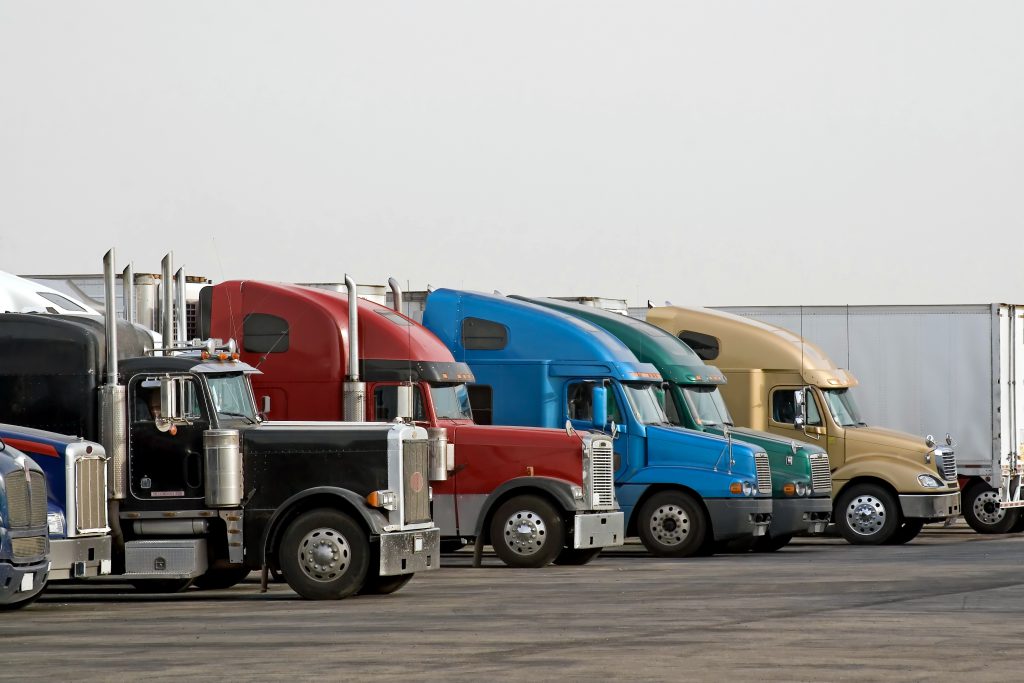No one has claimed that being a truck driver was an easy job. Long hours, low pay, and time away from the family have typically been just part of the job. Along with the perk of making an honest, good living. However, this is not a typical time. Truck drivers have led the front lines delivering goods throughout the pandemic for the greater good and often even denied bathroom access. In every way, truck drivers are essential workers, and we need to start treating them that way.

The driver shortage is not a new issue for the industry. Per the American Trucking Association, it is estimated that about 600k drivers will retire between 2019 and 2020. The industry will need to add 1.1 million new drivers over the next 10 years. Several recent issues have caused the driver shortage to get worse: The Federal Drug/Alcohol Clearinghouse put in place in 2020 has barred 54k drivers from driving. Covid-19 has also taken its toll: many older drivers decided to retire early; and Covid-19 also caused demand to dramatically increase.
So, what can be done to improve conditions that will, not only, improve drivers lives, but also increase retention, attract new drivers and also treat drivers as essential workers? (hint, it’s not just paying them more!):
- Pay drivers by the hour, not the miles
- Drivers spend a lot of time not moving, including mandated DOT breaks, stuck in traffic, or waiting to get loaded or unloaded. Being paid by the hour means they are not incentivized to speed and are not penalized for things outside of their control
- Increase available safe parking!
- Reduce detention time (requires pickup and delivery to become more efficient)
- Provide regular home time
- Allowing them to spend more time with their loved ones while having a more regular routine. Examples could include every other weekend home, or one week at home every 3 weeks. Another popular option is using relay, where a driver drops the trailer at a secure location for another driver to pickup and deliver.
- Give out bonus and recognition routinely
- Providing financial perks to drivers can boost morale. Creating a friendly competition between drivers on who can get the best fuel mpg as an example, and safety awards should be a must!
- Provide properly maintained trucks and equipment
- Minimal breakdown, improved ergonomics, latest emission tech so driver can travel in al 50 states
- Communicate regularly with drivers
- Speaking regularly and listening to your drivers will lead to increasing trust and loyalty from them
- Improve conditions at shipping and receiving facilities
- As your customers, when was the last time you reviewed your facilities conditions? Would you want to pickup/deliver there?

The US Government has also stepped up recently to help solve the driver shortage issue. The new infrastructure package includes a federal apprenticeship program to train thousands of truck drivers as young as 18 and allow them to cross state lines for the first time. There are simulated truck tours specifically targeted to high school teenagers and free driver training offered.
Additionally, the Transportation Secretary, Pete Buttigieg, has put his weight behind driver recruiting. The DOT announced it is putting $32M into a program for states to improve the commercial drivers license process. The administration is also studying driver compensation when it comes to detention.
While the driver shortage isn’t a new issue to those in the industry, the past few years has made it abundantly clear to everyone how crucial the trucking industry is to the economy and to the health of the American people. Driver recruiting and retention is a complicated and tricky thing to master in good times. With the increased attention by the government and across the media be the precipice to enact change? Will drivers start getting treated like essential works that they are? Those are the million dollar questions. One thing is for sure, this is not just a trucking industry issue anymore, it is everyone’s issue.
